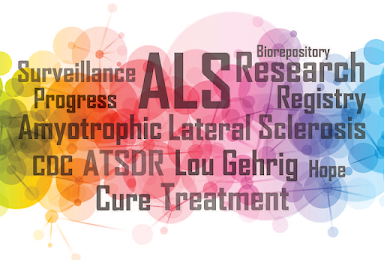(ALS) Amyotrophic Lateral Sclerosis
HOW COMMON IS ALS?
Although the numbers aren't exact, a CDC analysis suggests that over 12000-15000 persons in the United States have been diagnosed with the fatal condition. The overall prevalence rate of ALS has been estimated to be 3.9 per 1,000 patients on average. This percentage rises every year as the number of reported cases rises. The data is also proportionate to age; as people get older, the prevalence of sickness has been seen to rise. The age group 18-39 years has the lowest prevalence rate of 0.5 per 100,000 persons, while the age group 65-80 years has the greatest prevalence rate of 17 per 100,000 patients. Males, in particular, have a greater incidence than females, with a reported male-to-female ratio of 1.56. According to the ethnic database, whites accounted for over 79 percent of recorded cases, while blacks accounted for only 6.5 percent. Overall, roughly 5-10% of the instances have been documented inside families, with men and women treated equally. This incident has been connected to a chromosome 9 gene mutation.
FACTORS INVOLVED IN ALS
Although
the specific reason of its development is unknown several researches has shown
various information concerning its occurrence, such as genetic alterations or
exposure to its environment. Many other studies have connected it to atypical
diets or injuries as well. The National Institute of Neurological Disorders and
Stroke has established that alterations in gene mutations can cause ALS. The
development of the illness has been linked to a faulty gene that generates the
enzyme SOD1. Some experts have also connected it to toxins in the environment, like
lead exposure or infectious agents, as well as physical trauma, behavioral and
occupational problems.
ASSOCIATED WITH ALS SYMPTOMS
The
earliest symptoms, in general, have been noted to be so faint that they might
be disregarded. Fasciculation, cramps, tights, and stiff muscles, muscular
weakness in the arm or leg, slurred or nasal speech, and trouble eating or
swallowing are only a few of them. These early symptoms may progress to
significant atrophy, leading a doctor to suspect ALS. Apart from the early
symptoms, spasticity and excessive reflexes, such as the huge toe stretched
upward as the sole of the foot is stimulated in a specific way, are among the
upper motor neuron's progressing symptoms. ALS is difficult to diagnose because
there is no medical test that can confirm the condition. Other clinical investigations are currently recommended to rule out the potential of other
degenerative illnesses. Blood and urine tests, spinal taps, X-ray analysis,
myelograms, and muscle or nerve biopsies are only a few of the extensive
diagnostic procedures available.





Comments
Post a Comment